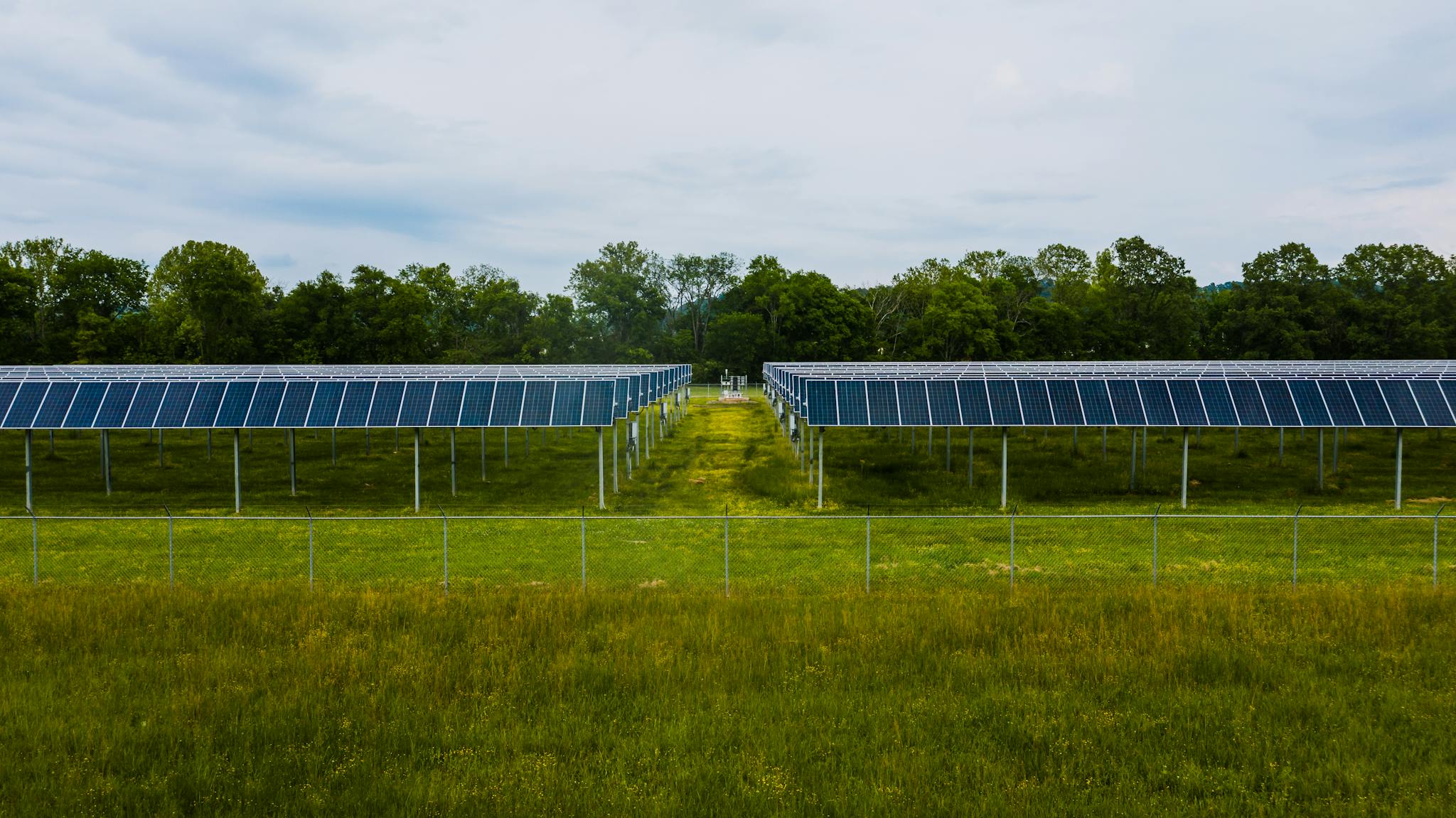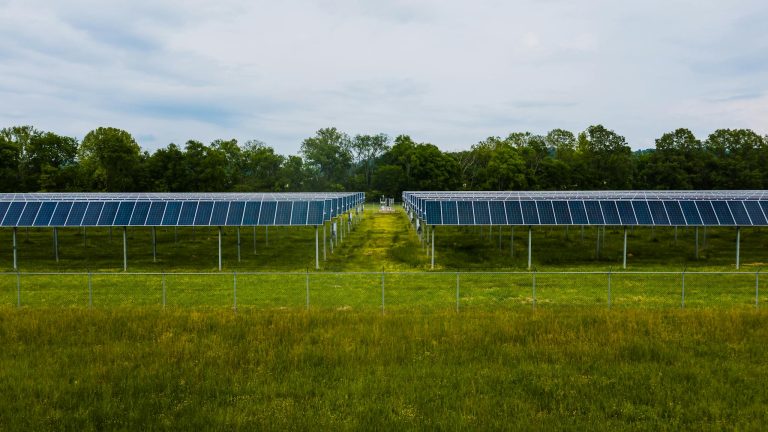Powering Your Farm: A Solar Solution Guide for Farmers
Let’s explore how solar can power your irrigation, packing shed, and cold storage, addressing the challenges of intermittent sunlight.
I. Irrigation Systems:
The energy needs of irrigation vary greatly depending on the size of your operation, the type of irrigation (drip, sprinkler, etc.), and the water source. Several solar options exist:
- Option 1: Directly Powered Pumps: For smaller farms, a solar-powered pump can directly draw water from a well or reservoir. This is a simple, cost-effective solution for smaller-scale irrigation. However, it’s limited by the available sunlight; cloudy days will significantly reduce output.
- Option 2: Solar-Powered Pump with Battery Backup: This addresses the limitations of Option 1. Batteries store excess energy generated during sunny periods, providing power during cloudy days or nighttime irrigation needs. The battery size needs to be carefully calculated based on your daily water requirements and the expected number of cloudy days.
- Option 3: Grid-Tied System with Battery Backup: This option combines the benefits of grid power with solar energy. Solar panels generate power during the day, reducing your reliance on the grid. Batteries provide backup power during grid outages or periods of low solar generation. This is a more robust and reliable solution, but the initial investment is higher.
II. Packing Shed Machinery:
Packing sheds require a mix of power for various machinery like sorting belts, washing machines, and packaging equipment. The power requirements are usually higher and more consistent than irrigation.
- Option 1: Grid-Tied Solar System: A grid-tied system is often the most practical solution for packing sheds. Solar panels generate power during the day, offsetting your grid electricity consumption. This reduces your energy bills and carbon footprint.
- Option 2: Hybrid System with Battery Backup: For areas with unreliable grids, a hybrid system combines grid power with solar and battery storage. This ensures continuous operation even during grid outages or periods of low solar generation. The battery size should be sufficient to handle peak demand and periods of low sunlight.
- Option 3: Stand-Alone System (Large-Scale): For very large packing sheds with significant energy demands, a stand-alone system with substantial battery storage might be considered. However, this is generally a more expensive and complex solution.
III. Cold Rooms:
Cold rooms require consistent power to maintain low temperatures, making reliable power crucial.
- Option 1: Grid-Tied System with Battery Backup: This is the most common and practical solution. Solar panels reduce grid reliance, while batteries ensure uninterrupted cooling during outages or low sunlight. The battery capacity needs to be carefully calculated to maintain the desired temperature for a sufficient period without grid power.
- Option 2: Hybrid System with Generator Backup: In areas with extremely unreliable grids, a hybrid system with a generator backup can provide a highly reliable solution. The generator kicks in when both solar and battery power are insufficient. This is a more expensive option but offers maximum reliability.
IV. Total Farm Operation Overview:
Designing a comprehensive solar system for your entire farm requires a detailed energy audit. This audit will assess your energy consumption for irrigation, packing shed, cold rooms, and other farm operations. Based on this audit, we can determine:
- Total Solar Panel Capacity: The size of the solar array needed to meet your average daily energy needs.
- Battery Storage Capacity: The amount of battery storage required to handle periods of low sunlight and grid outages.
- System Type: Whether a grid-tied, hybrid, or stand-alone system is most appropriate.
- Inverter Selection: Choosing the right inverter to efficiently convert DC power from the solar panels to AC power for your equipment.
Managing Cloud Cover and Low Sunlight:
Battery storage is crucial for managing periods of low sunlight. The size of the battery bank should be sufficient to cover your energy needs during cloudy days or nighttime. The battery’s discharge rate and depth of discharge also need to be considered to ensure its longevity. Sophisticated battery management systems can optimize energy usage and extend battery life.
Conclusion:
Solar power offers significant benefits for farmers, reducing energy costs, improving reliability, and promoting sustainability. A well-designed solar system, tailored to your specific needs and energy consumption patterns, can significantly enhance the efficiency and profitability of your farming operation. Contact us today for a free energy audit and personalized solar solution.


